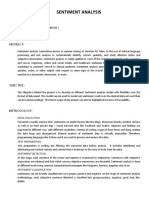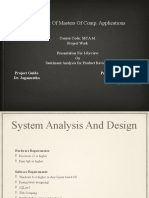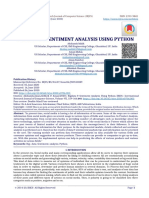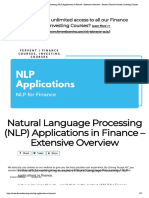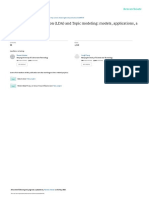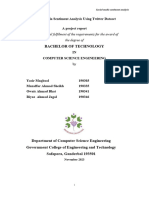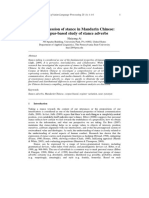0% found this document useful (0 votes)
9 views3 pagesCustomer Sentiment Analysis Guide
The Customer Sentiment Analysis Guide outlines the process of analyzing customer sentiments from text data using tools like Python and various NLP libraries such as NLTK and SpaCy. It details steps including data collection, preprocessing, sentiment analysis, model evaluation, and visualization, along with optional deployment. Additionally, it provides resources for datasets and tutorials to aid in sentiment analysis projects.
Uploaded by
amirshirzad1394Copyright
© © All Rights Reserved
We take content rights seriously. If you suspect this is your content, claim it here.
Available Formats
Download as PDF, TXT or read online on Scribd
0% found this document useful (0 votes)
9 views3 pagesCustomer Sentiment Analysis Guide
The Customer Sentiment Analysis Guide outlines the process of analyzing customer sentiments from text data using tools like Python and various NLP libraries such as NLTK and SpaCy. It details steps including data collection, preprocessing, sentiment analysis, model evaluation, and visualization, along with optional deployment. Additionally, it provides resources for datasets and tutorials to aid in sentiment analysis projects.
Uploaded by
amirshirzad1394Copyright
© © All Rights Reserved
We take content rights seriously. If you suspect this is your content, claim it here.
Available Formats
Download as PDF, TXT or read online on Scribd
/ 3










